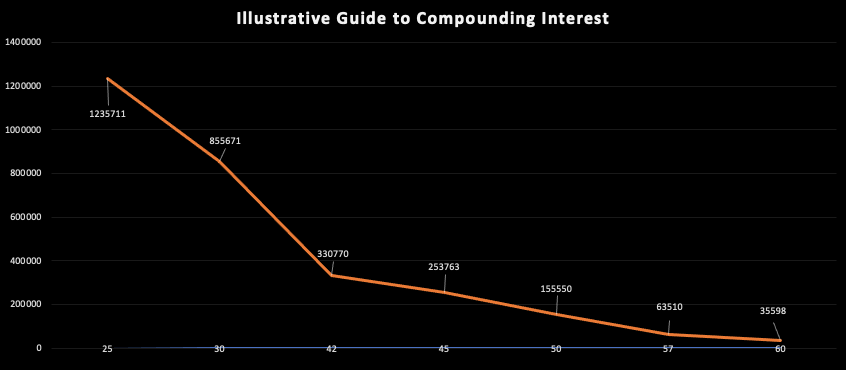Every holiday season, the search begins for gifts that keep on giving. From music to cooking classes and other hobby-related courses – scores of us try to find a gift that won’t be tossed onto the pile of unwanted, unused and under-appreciated thingy-me-bobs.
We look for things that are ‘cool’ or ‘trendy’ – but ultimately, it’s precisely the same quality that makes a gift trendy that will give it the shelf-life that we’re trying to avoid.
Most of us don’t think of accounts or investments as gifts – but maybe we should.
Albert Einstein called compound interest the eighth wonder of the world, accrediting it as the most powerful force in the universe. With an accolade like that – surely it would make a worthy gift?
There are two types of gifts – there are those that we give others (most commonly how we view them) and those that we give ourselves (we often feel guilty about these and do this far less often).
Giving ourself gifts is actually extremely cathartic and helps us maintain positive mental health. In a world where stress, constant change and prolific misinformation abound, looking after our mental health has never been more important.
So – whether you’re searching for a gift for yourself, or someone else, how about thinking about the gift of compound interest?
There are three ways to set yourself up for a successful endeavour that reaps the benefits of the gift that keeps on giving:
1 – Create a habit of saving
Longterm investing that benefits from compound interest is ultimately more about the consistency and longevity of saving than the actual amounts that you’re putting in. In the graph below (purely for illustrative purposes) we can see that someone who commits to investing 500 bucks a month from when they’re 25, will have significantly more growth on their money than someone who clocks into the habit in their 50s.
Putting a small amount away, habitually, for many years, is where the most powerful force in the universe starts to shine.
2 – Investigate the tax benefits
Many savings vehicles that are set up for long-term investing have tax benefits that will inadvertently increase the value of your investment. This doesn’t apply to all types of investments, but it’s worth investigating. Remember, a penny saved is a penny earned!
3 – Buy yourself time
As Warren Buffet says; time is your friend and impulse is your enemy. This ties in with the first point in that building a habit of saving will also buy you time. The longer you can invest your money, the more work compounding interest will be able to do to your end figure.

The above graph is based on someone investing 500 bucks a month with a 7% return and shows the projected return at 65, after investing from 25, 30, 42, 45, 50, 57 and 60. The later you start, the less you get.
Most of us know these principles, but a regular reminder is helpful to either start a wise investment, or stick to one we’ve already started.
If you’re not already enjoying the gift of compound interest, hopefully this blog will inspire you to take the next steps!

